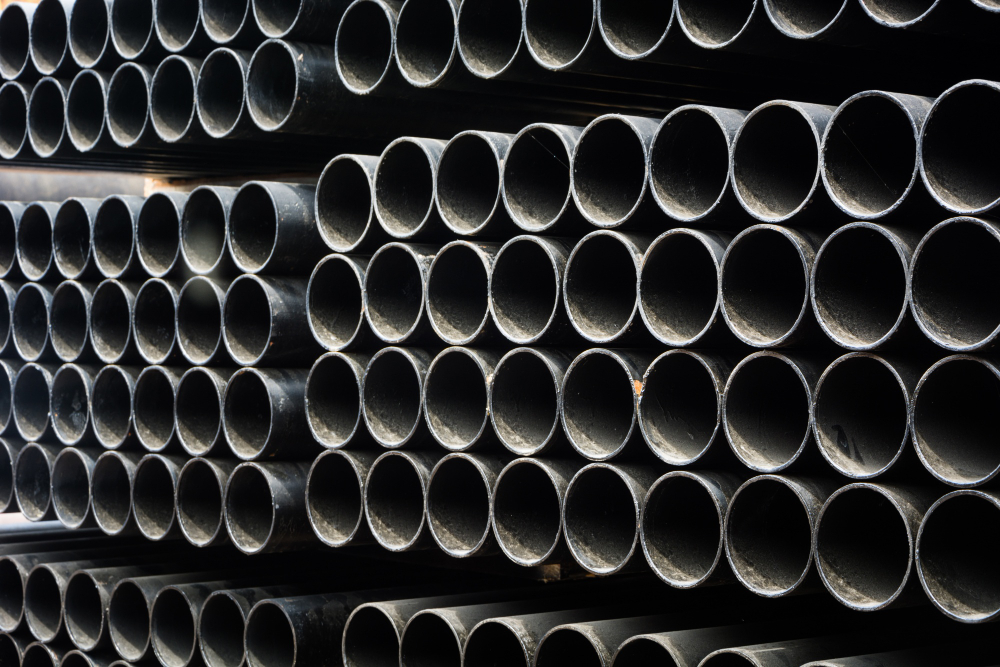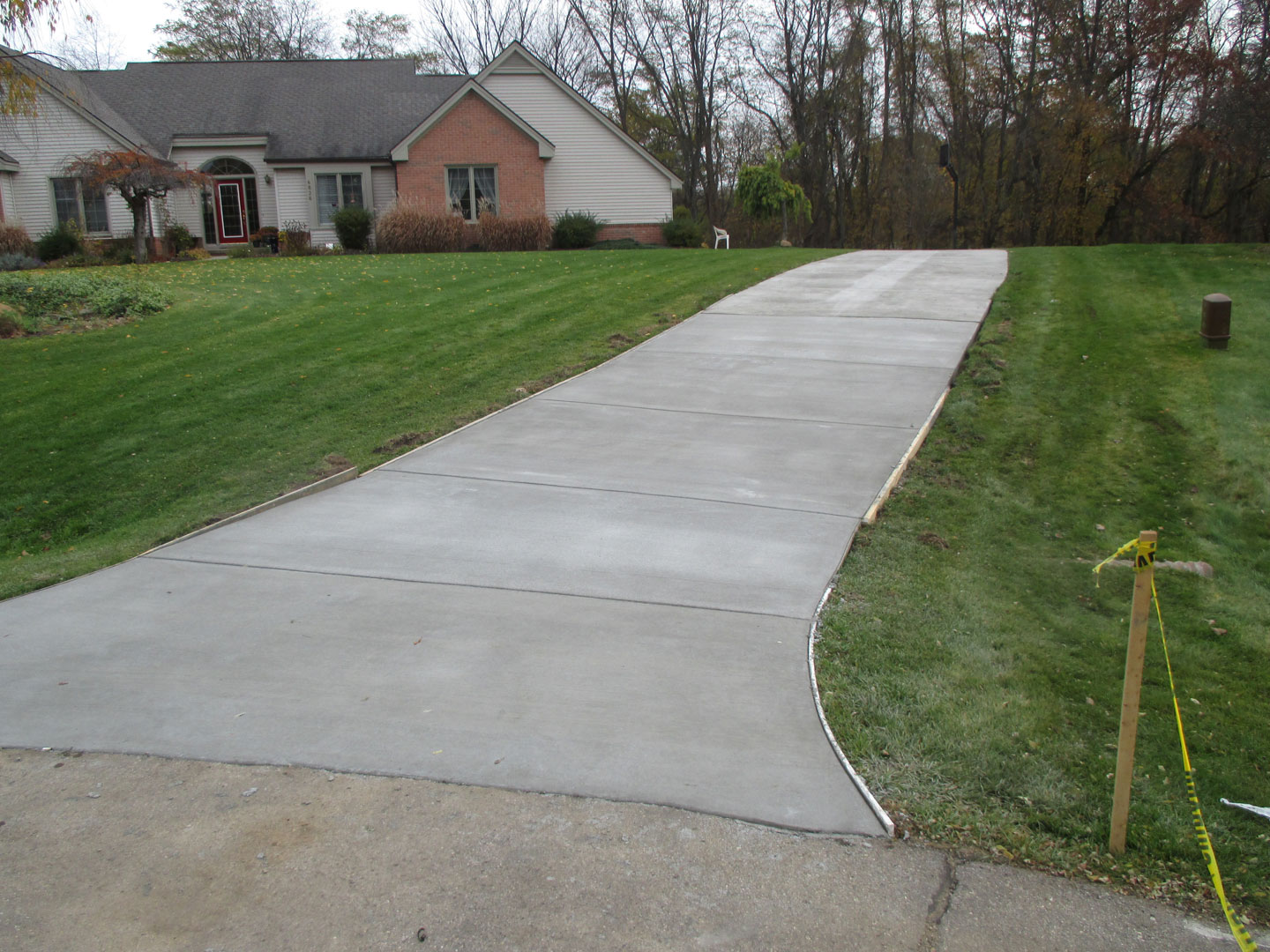In the Philippines, the building sector contributes significantly to the national economy. It significantly contributes to the country’s GDP and provides many jobs. This growth has led to increased demand for various construction materials, including black iron pipes, which are essential for plumbing, gas lines, and other applications. This article aims to analyze how the construction sector impacts black iron pipe prices in the Philippines. It discusses the underlying factors that drive these trends and their implications for stakeholders in the industry.
Current Trends in the Construction Industry
Economic Growth and Infrastructure Development
The Philippine government is starting major infrastructure projects through programs like “Build Better More” (BBM). These projects seek to advance utilities, transportation, and urban development. The government allocated approximately 1.5 trillion pesos for infrastructure projects in 2024 alone, signaling a commitment to enhancing the country’s infrastructure landscape. Important projects include expanding rail systems and building new airports and roads. All these projects need a lot of construction materials.
As these projects progress, they create a ripple effect throughout the supply chain. Increased construction activity translates directly into heightened demand for essential materials like black iron pipes.
Demand for Construction Materials
The demand for construction materials is closely tied to the overall health of the construction industry. As more projects are initiated, the requirement for materials such as cement, steel, and black iron pipes escalates. Black iron pipes are especially valuable because of their adaptability in gas and plumbing uses as well as their strength.
In recent years, as urbanization accelerates and population growth continues in cities like Manila and Cebu, the need for reliable infrastructure has never been more pressing. This urban expansion drives up demand for black iron pipes as builders seek to meet the needs of growing populations.
Factors Influencing Black Iron Pipe Prices
Raw Material Costs
One of the biggest factors that affect black iron pipe prices is the cost of raw materials. The prices of iron and steel fluctuate based on global commodity markets, influenced by supply chain dynamics, geopolitical tensions, and production levels in major exporting countries like China and India.
When global prices for raw materials rise due to increased demand or limited supply, local manufacturers usually raise their prices for consumers.
Manufacturing and Labor Costs
Manufacturing fees also play a crucial function in determining the price of these pipes. The manufacturing process involves numerous charges, which include raw material procurement, strength consumption, machinery protection, and labor expenses. As wages increase because of inflation or market conditions, manufacturers can be compelled to increase their expenses to maintain profitability.
Moreover, advancements in production generation can result in price savings. Initial investments in new machinery or strategies may also contribute to higher prices until manufacturers can reap profits.
Logistics and Transportation Expenses
Logistics is every other critical factor influencing pricing. The transportation of heavy materials like these pipes involves massive prices related to gasoline costs, automobile preservation, and exertions. In the Philippines, in which infrastructure can be tough—specifically in rural regions—transportation fees can vary widely based totally on location.
For instance, if gasoline charges rise due to international oil marketplace fluctuations or nearby delivery chain disruptions (e.g., natural failures), transportation costs will in all likelihood grow. This rise will in the end affect the very last price of these pipes as providers alter their pricing strategies to account for higher logistics fees.
Market Dynamics and Competition
Competitive Landscape Among Suppliers
In the Philippines, the market for these pipes includes both local manufacturers and imported products. Key players include established companies that have built reputations over decades as well as newer entrants seeking to capture market share through competitive pricing or innovative products.
In this competitive landscape, suppliers often engage in price wars to attract customers. However, this competition can cause differences in product quality. Some manufacturers might lower prices by reducing quality control or using cheaper materials. Others may keep their prices higher because they offer better quality or service offerings.
Effects of Market Competition on Pricing
Market competition can lead to price fluctuations based on dealer strategies. For instance, when new competition enters the marketplace by imparting lower-priced options or revolutionary products that meet particular consumer wishes (inclusive of corrosion-resistant coatings), established suppliers may feel pressured to adjust their pricing systems.
Additionally, during periods of excessive demand—such as more than one big-scale initiative is underway—opposition can intensify. Suppliers may boost their prices in the event that they perceive that demand will outstrip delivery. Conversely, throughout slower periods, they may decrease prices to keep sales volumes.
Currency Exchange Rates and Their Impact
Influence of Currency Fluctuations on Import Costs
The cost of the Philippine Peso compared to foreign currencies significantly influences how much it charges for imported materials utilized in manufacturing these pipes. When the Peso weakens in opposition to currencies like the US Dollar or Euro—regularly due to monetary instability or shifts in financial policy—the price of importing such materials will increase.
For example, if a producer is predicated on imported metallic or additives from overseas and faces a depreciating Peso price, they may need to increase their product expenses. This state of affairs creates an instantaneous link among currency exchange fees and material pricing inside nearby markets.
How Exchange Rates Affect Material Pricing
Fluctuations in exchange rates can lead to unpredictable pricing scenarios for consumers. If manufacturers anticipate further depreciation of the Peso or increased costs associated with imports due to currency fluctuations, they may preemptively raise prices on these pipes as a safeguard against potential losses.
Conversely, if the Peso strengthens significantly against foreign currencies—perhaps due to favorable economic conditions—the cost of imports may decrease. In such cases, manufacturers could lower their prices or maintain them at current levels while enjoying higher profit margins.
Key Takeaway
Several factors affect black iron pipe prices in the Philippines. These include economic growth in construction, raw material costs, labor changes, logistics issues, market competition, and currency fluctuations. As infrastructure development continues under government initiatives and urbanization drives demand upward, understanding these factors becomes crucial for stakeholders involved in planning and budgeting construction projects.




